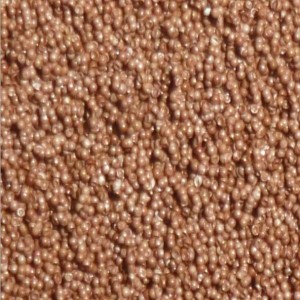Artemia contains rich protein, complete amino acid composition, and relatively high crude fat content, with unsaturated fatty acids higher than saturated fatty acids. The unsaturated fatty acids in Artemia Cysts are 48.15%, while those in decapsulated cysts are 54.82%. The saturated fatty acids of Artemia Cysts are 1.5 times higher than those of decapsulated cysts.
Artemia Cysts is a type of ferrilipoprotein that fish and shrimp larvae cannot digest. However, animal experiments have shown that mice can digest Artemia Cysts shell, so there is no need to consider the issue of shells when processing food with Artemia Cysts. Moreover, some unsaturated fatty acids and inorganic elements are relatively high in the shells, such as DHA (docosahexaenoic acid), Se, Zn, Fe, etc; Eating crushed and shelled brine shrimp eggs can increase the levels of γ- Linoleic acid (essential fatty acid), while DHA and EPA were significantly higher in the control group. Another characteristic is that it can significantly increase the content of Fe2+in the liver. Fe2+is the main component of heme, so Artemia Cysts can be used as a blood supplement, and consuming Artemia Cysts can increase brain protein content. From a nutritional analysis, it can be determined that Artemia contains abundant proteins, amino acids, unsaturated fatty acids, and inorganic elements. Animal experiments have shown that consuming brine shrimp has no effect on blood lipids and can increase the levels of DHA, EPA, heme, and brain protein in the liver.
Post time: Apr-08-2024
